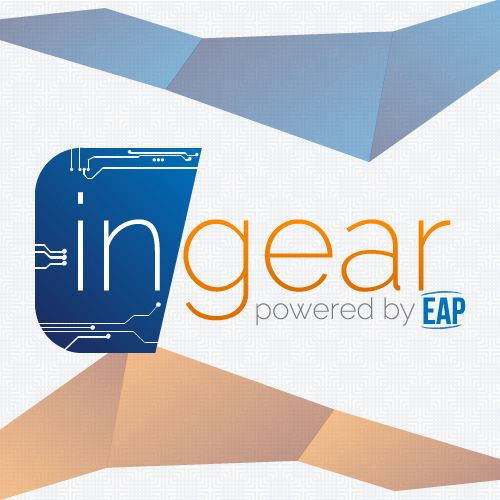This is an old revision of the document!
Intro to Raspberry Pico
Microcontroller
Microcontrollers are tiny integrated circuits (ICs) that you can program to perform various tasks. They have a processor, memory, and input/output pins (GPIO) to interact with the external world. From toys to cars, microcontrollers are everywhere in electronics.
The RP2040 is a powerful and versatile microcontroller built by the Raspberry Pi Foundation. This chip, based on the ARM architecture, is the heart of development boards like the popular Raspberry Pi Pico. We also utilize the RP2040 in Marble Pico board.
To unleash the potential of the RP2040, the Raspberry Pi Foundation created the Pico-SDK. This free and open-source software development kit (SDK) equips you with the tools and libraries needed to program the RP2040 in C and C++.
RP2040
This chip name was provided by the Raspberry Pi foundation and is explained in the datasheet:
- RP: Stands for “Raspberry Pi,” similar to how other Raspberry Pi products use “Pi” in their names.
- 2: Indicates the number of cores in the CPU. The RP2040 has a dual-core processor.
- 0: Represent the CPU type (Arm Cortex-M0+) used in the RP2040.
- 4: Signifies the amount of RAM (in kilobytes) on the chip. The RP2040 typically comes with 256KB of RAM (2^4 * 16KB) - floor(log2(ram / 16k)).
- 0: Signifies the amount of nonvolatile storage on the chip. The RP2040 typically comes with 0MB of flash but can have ur up to 16MB of off-chip Flash memory via dedicated QSPI bus (2^4 * 16KB) - floor(log2(nonvolatile / 16k)).

